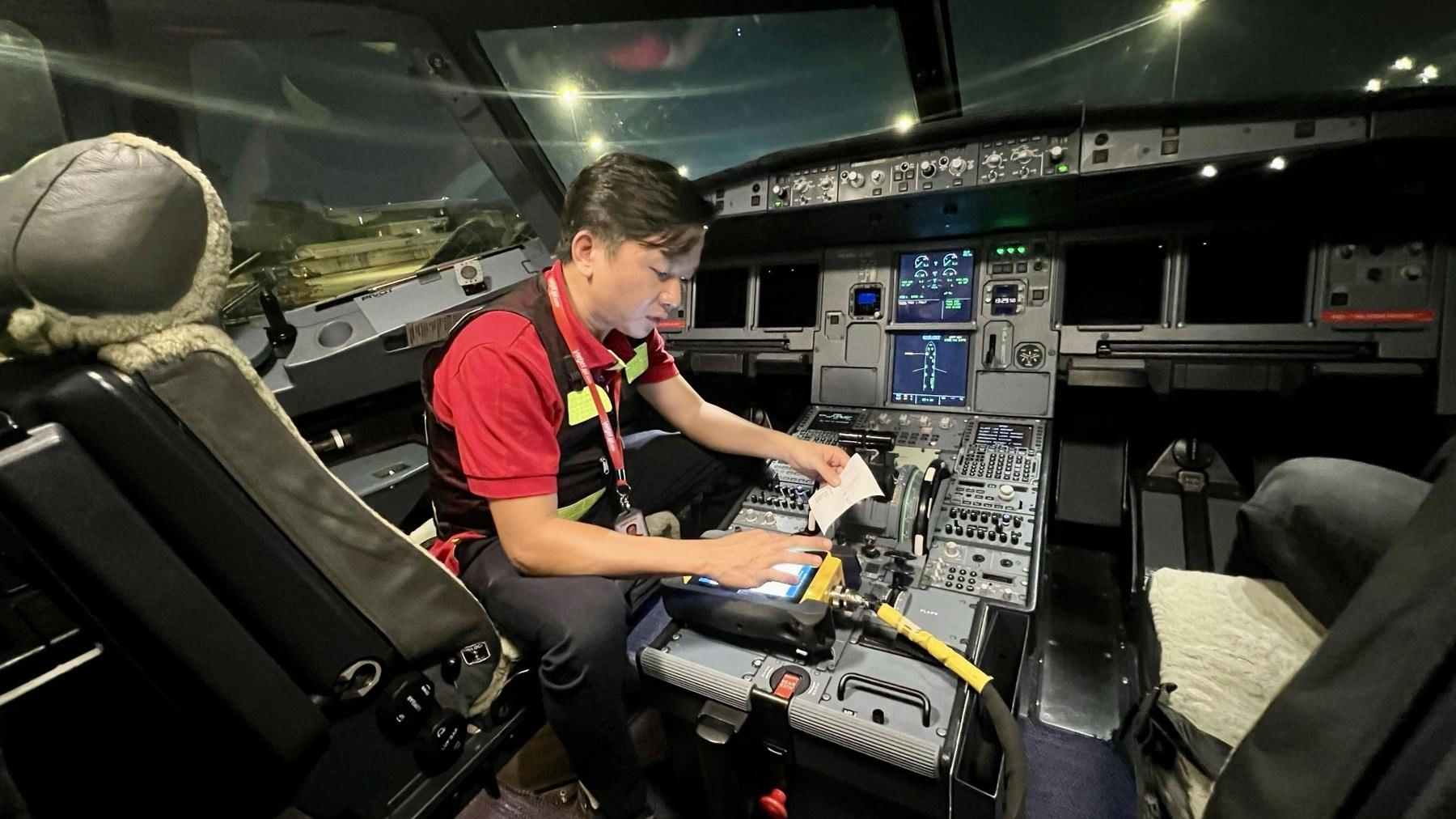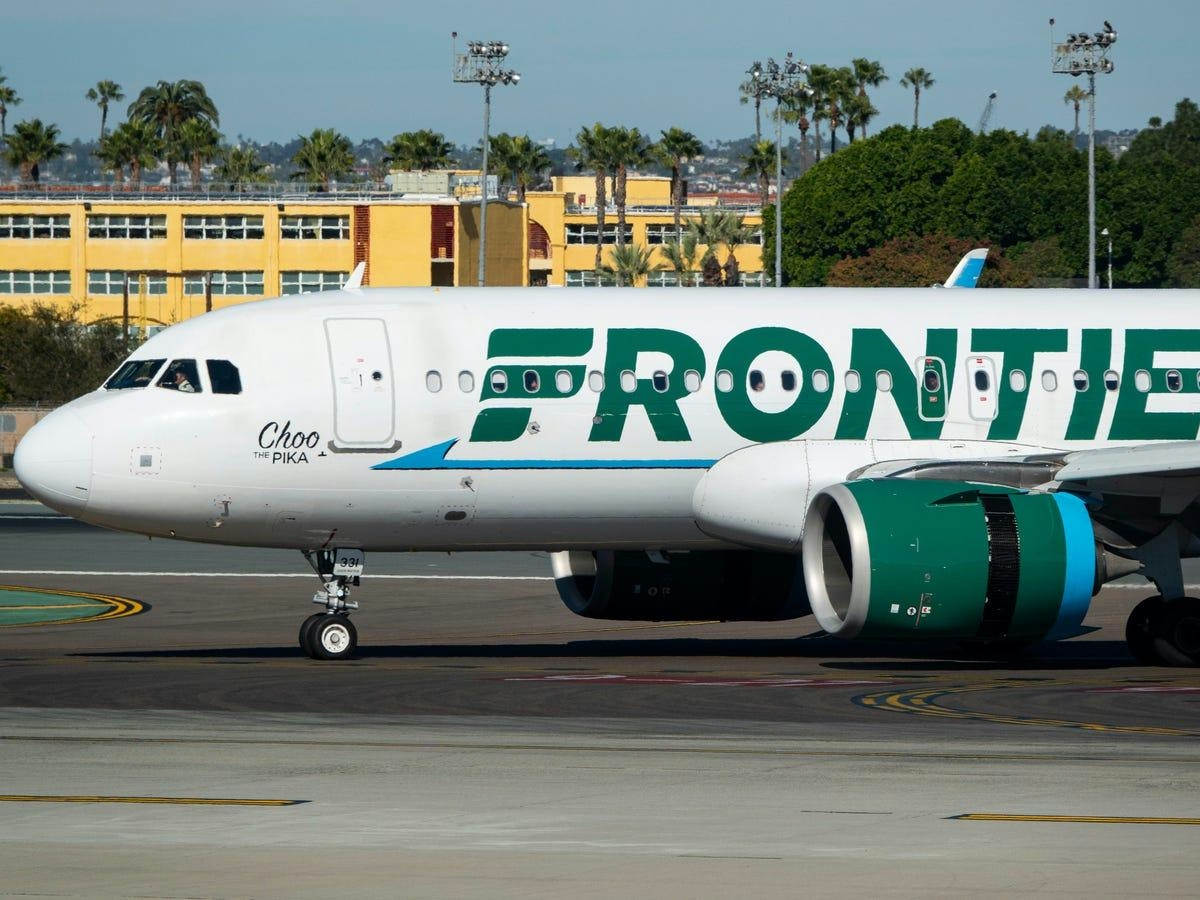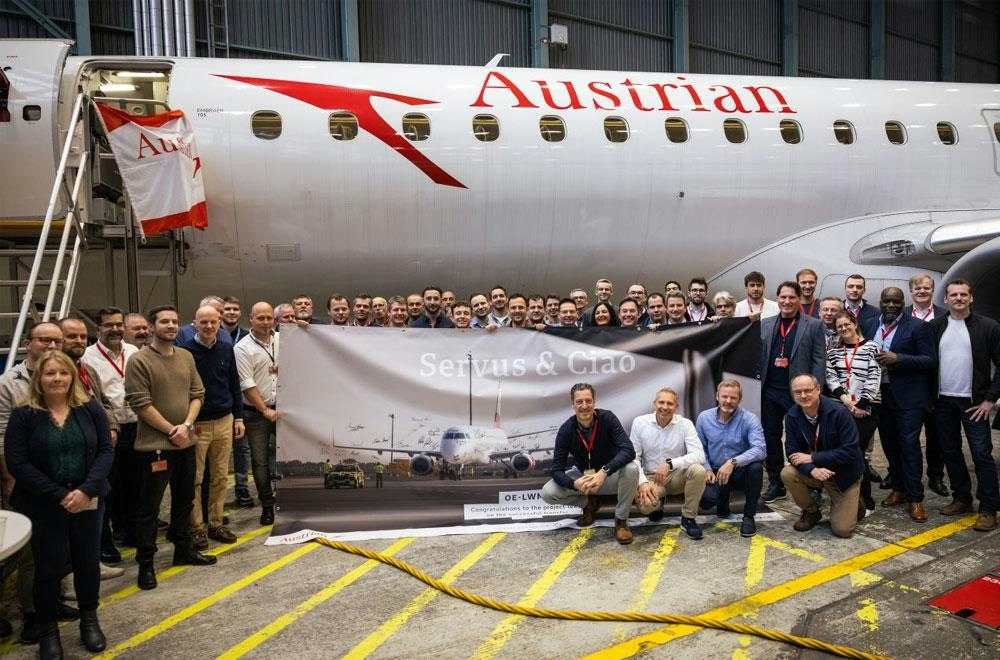
AeroGenie: Su copiloto inteligente.
Tendencias
Categories
Evolution Airways Expands Citation Fleet, Considers ERJ and CRJ Jets

Evolution Airways Expands Citation Fleet Amid Strategic Growth
Evolution Airways, based at Orlando International Airport, is accelerating its fleet expansion by adding more Citation-family jets following the recent induction of its first Citation II. Founder Jonathan Houdyschell confirmed that the latest addition, a 42.7-year-old Citation II registered as N70KB (msn 550-0417), joins a Citation and a Citation I/SP acquired earlier this year as the company launched operations. This newest aircraft is a leaseback, though Houdyschell indicated that the company may consider capital leasing in the future, citing favorable financial metrics.
The airline plans to further expand its Citation fleet with another Citation 550 and two Citation 560 models, weighing options among the Citation Encore, Ultra, or Excel variants. Training compatibility remains a critical factor in this decision. While the Citation Excel would necessitate a new training infrastructure, it offers economies of scale that benefit pilots, maintenance, and overall operations at this size category.
Citation Jets as a Cost-Effective Solution
Evolution Airways’ focus on the Citation family is primarily driven by economic considerations. Houdyschell explained that compared to alternatives such as the Hawker 400XP or King Air turboprops, the Citation jets provide a more cost-effective platform. The availability of later-model aircraft, extensive parts inventories, and robust training support make the Citation family a practical choice, likened by Houdyschell to the reliability and ubiquity of Chevrolet or Ford vehicles. Maintenance operations are conducted in partnership with Jetstream Aviation Solutions, the U.S. division of JetStream Hungary.
Despite the relatively advanced age of its initial fleet—averaging nearly 47 years—the aircraft have been refurbished to meet 2025 standards. Houdyschell emphasized that aircraft age can be misleading, noting that “the only constant is the metal structure.” Evolution’s current offering targets newcomers to business aviation, aiming to make private jet travel more accessible both economically and perceptually. Over the longer term, the company intends to transition to later-model platforms to enhance operational efficiency.
Navigating Market Dynamics and Future Prospects
Evolution Airways’ expansion occurs amid a cautious business aviation market, despite a modest improvement in sentiment. Competitors such as Flexjet are raising substantial capital—$800 million—to focus on larger aircraft and luxury experiences, while subscription-based business jet models are experiencing rapid growth, with Vaunt projecting an 85% increase in subscriptions in the second quarter. Evolution’s strategy to democratize private jet travel by offering individual seats for purchase, akin to commercial airline tickets, seeks to establish a distinct niche within this evolving landscape.
Houdyschell identified post-9/11 airline consolidation and post-COVID lifestyle shifts as significant market drivers. He noted that airline consolidation led to reduced service in many communities, while the pandemic has prompted individuals to prioritize quality of life when selecting their residences. Evolution aims to address these gaps by providing tailored air service.
The company’s geographic focus centers on the Sun Belt, targeting markets within a 500-nautical mile radius that align with demographic and corporate migration trends, particularly in tax-friendly states such as Texas. Evolution serves key clusters associated with the space industry, including Orlando Executive, Titusville Space Coast Regional, Huntsville International, Houston Hobby, and Scottsdale airports.
Prospects for ERJ and CRJ Jets and Sustainability Challenges
Looking ahead, Evolution is considering the addition of Embraer Regional Jets (ERJ) and Bombardier CRJ aircraft to its fleet. This expansion presents potential challenges, including intensified competition and increased scrutiny regarding environmental impact. As the aviation industry places greater emphasis on sustainability and regulatory compliance, the integration of new jet models will require careful strategic planning.
Beyond the space sector, Evolution plans to extend its services to the energy industry and cater to leisure and banking destinations across the Western and Southeastern United States. Houdyschell described the company’s vision as building “semi-private transportation infrastructure,” with the goal of making private aviation more accessible to a broader audience while adapting to shifting market conditions and regulatory demands.

PCC Approves Acquisition of Global Aircraft Leasing Firm

Inside Vietjet’s 32-Hour Emergency Response to Keep Airbus Fleet Operational

Frontier Airlines Airbus A321neo Returns to Cleveland After Engine Fire

Why the Boeing 777X Is Limited to a Single Engine Type

Malaysia Aviation Group Announces Long-Term Business Plan

TrueNoord Expands Executive Team

Hartzell Launches Sky-Tec Starter Line

Boeing 777 Engine Failure Reported at Dulles Airport

Austrian Airlines Transfers Embraer Fleet to Air Dolomiti
